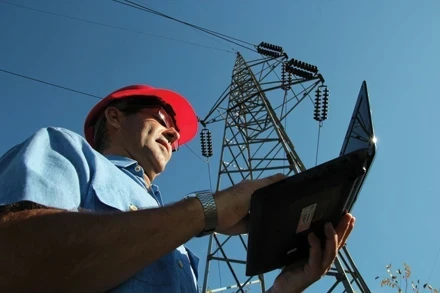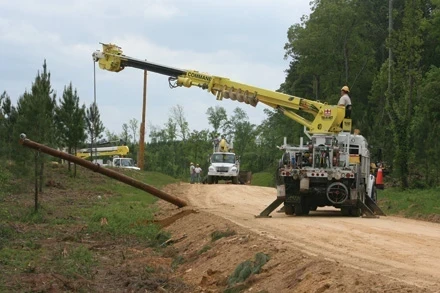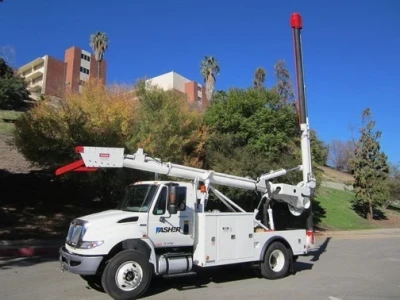Solving Underground Cable Problems with Partial Discharge Testing

How to prevent failure with partial discharge testing
BY HENNING OETJEN, Megger
Partial discharge (PD) measurements are increasingly used as a reliable and non-destructive diagnostic method to detect weak spots in the insulation of underground cables. Routinely, partial discharge measurements are utilized in laboratories for testing cable reels prior to commissioning and in the field to verify installation quality.
Typically, many factory-testing standards require that workers use a 50/60 hertz (Hz) high-voltage power supply when performing laboratory tests. However, the same 50/60 Hz has proven to be very impractical when it comes to field-testing due to high-energy generation requirements.
The most important factor to consider when choosing an alternative test frequency is that the partial discharge characteristics at the new frequency must be similar to that at 50/60 hertz. Otherwise, the results cannot be reliably interpreted, which is especially true when measuring partial discharge inception voltage (PDIV), the voltage at which partial discharge first occurs.









